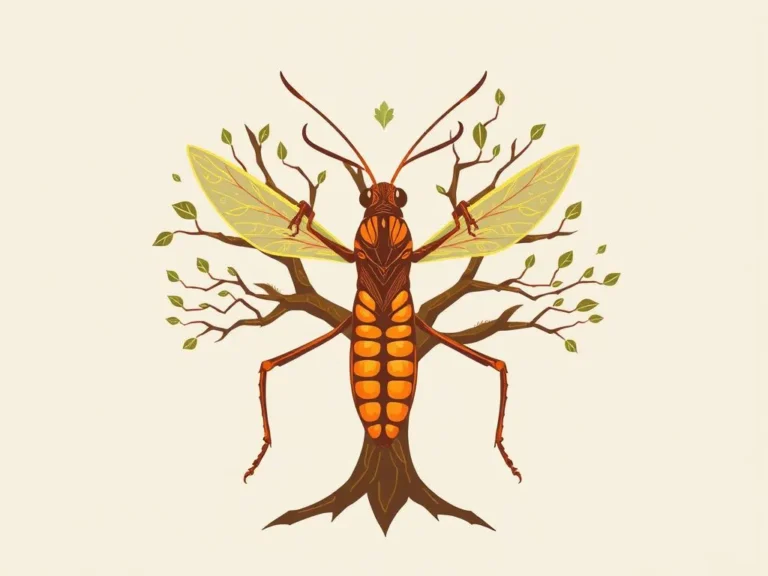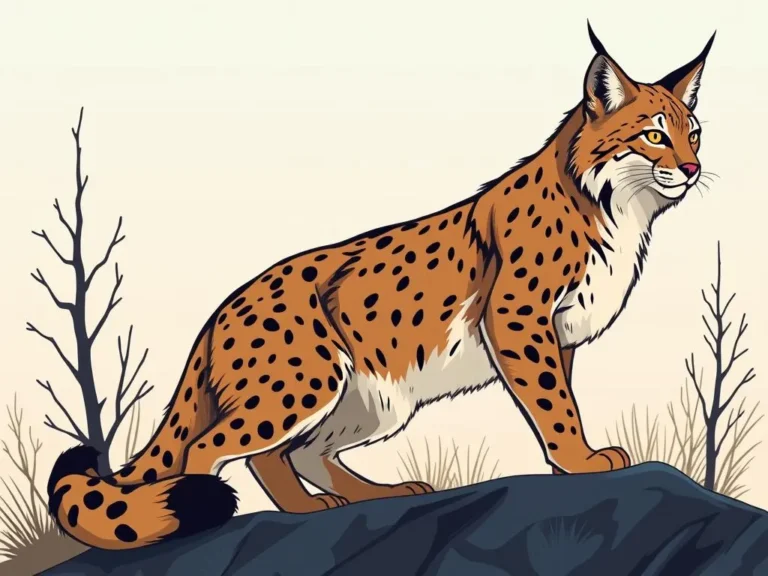Woodrat Symbolism: Uncovering the Secrets of this Resilient Rodent

Introduction
In the diverse world of animal symbolism, the woodrat, also known as the pack rat, stands out as a fascinating and multifaceted creature. Woodrat symbolism has long captivated the imagination of various cultures, with this resilient rodent often representing qualities such as adaptability, resourcefulness, and a deep connection to the natural world. As we explore the symbolic meanings associated with the woodrat, we’ll uncover the insights and wisdom this remarkable animal has to offer.
The woodrat, a member of the Neotoma genus, is found throughout North America, thriving in a variety of habitats, from deserts to forests. These industrious creatures are renowned for their remarkable ability to construct intricate nests, often incorporating found objects and materials into their elaborate structures. This unique behavior has contributed to the woodrat’s symbolic significance, as it is often seen as a representation of the importance of home, community, and the gathering of resources.
Adaptability and Resourcefulness
One of the primary woodrat symbolism meanings is the creature’s remarkable adaptability and resourcefulness. The woodrat is known for its ability to thrive in diverse environments, from arid deserts to lush forests. This resilience and flexibility are often seen as metaphors for the human experience, reminding us of the importance of being able to adapt to changing circumstances and make the most of the resources available to us.
The woodrat’s nest-building behavior is a prime example of its resourcefulness. These clever creatures are known to gather a wide range of materials, from sticks and leaves to shiny objects and even human-made items, to construct their intricate homes. This behavior could suggest the woodrat symbolism of being able to find creative solutions to problems, as well as the value of being resourceful and making the most of what is available.
Connection to the Natural World
Another aspect of woodrat symbolism is the animal’s deep connection to the natural world. As a native species found across North America, the woodrat is often seen as a representation of the importance of respecting and honoring the delicate balance of the ecosystem. The woodrat’s ability to thrive in various habitats could symbolize the need for humans to find a harmonious relationship with the natural environment.
Furthermore, the woodrat’s nesting behavior, which often incorporates elements from the surrounding landscape, could suggest a woodrat symbolism of being grounded and rooted in the Earth. This connection to the natural world could be seen as a reminder to us to stay attuned to the rhythms and cycles of the natural world, and to find ways to integrate our lives more seamlessly with the environment.
Gathering and Community
The woodrat’s tendency to gather and hoard a variety of objects, from food to shiny trinkets, is another aspect of its symbolic significance. This behavior could be interpreted as a woodrat symbolism of the importance of preparation, foresight, and the gathering of resources for the future. In many cultures, the woodrat is seen as a symbol of the need to be proactive and to plan ahead, ensuring that we have the necessary resources to weather any challenges that may arise.
Additionally, the woodrat’s social nature and tendency to live in communal nests could suggest a woodrat symbolism of the value of community, cooperation, and collective support. Just as the woodrat relies on its nest-mates to thrive, this animal could be seen as a reminder of the importance of building strong social connections and working together to achieve our goals.
Curiosity and Exploration
The woodrat’s curious nature and propensity for exploring its environment are also significant aspects of its symbolic meaning. These animals are known to investigate their surroundings, often collecting and incorporating new objects into their nests. This behavior could be interpreted as a woodrat symbolism of the importance of curiosity, learning, and the exploration of new ideas and experiences.
In this sense, the woodrat could be seen as a symbol of the human desire to learn, grow, and expand our horizons. Just as the woodrat is driven to discover and incorporate new elements into its nest, we too could be inspired to approach life with a sense of curiosity and a willingness to explore the unknown.
Conclusion
The woodrat symbolism is a rich and multifaceted tapestry, woven with themes of adaptability, resourcefulness, connection to the natural world, community, and the pursuit of knowledge. As we reflect on the symbolic meanings associated with this remarkable rodent, we are reminded of the importance of embracing our own resilience, finding creative solutions to life’s challenges, and maintaining a deep respect for the natural world and the communities we are a part of.
By understanding and embodying the qualities represented by the woodrat, we can strive to live more fulfilling and balanced lives, guided by the wisdom and insights this unique animal has to offer. So, the next time you encounter a woodrat, take a moment to consider the lessons it has to teach, and how you might apply those lessons to your own journey through life.





